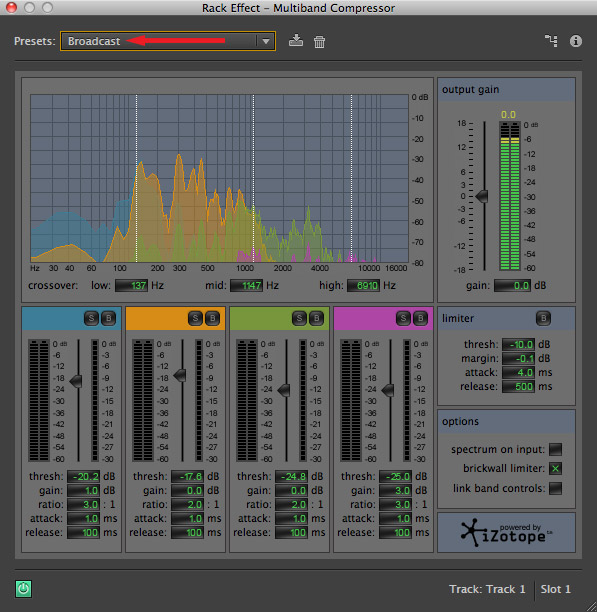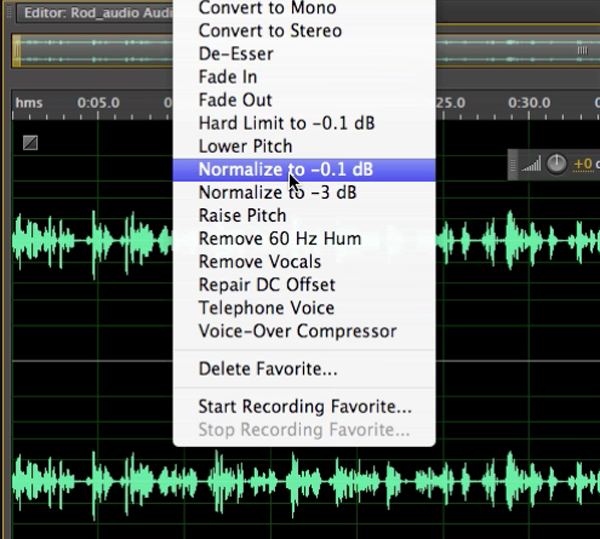Adobe Audition Multiband Compressor Presets For Photoshop
Good evening,! I was wondering if anyone could give me some advice on the audio settings I've got selected in Adobe Audition to help me achieve a more even, radio-quality like bass sound, without the compression chirps and audio cutting in and out. My setup is as follows: Rode Podcaster (input level set to 100) running into Virtual Audio Cable (also set to 100), then that runs into Adobe Audition which adds the effects. Here is an audio sample I just recorded: Additionally, I've screenshotted all of my settings from Adobe Audition, found here: Any and all feedback is appreciated! EDIT: Link to Psynaps Adobe Audition file, so you can see where his/my settings are. You've definitely got a lot of processing going on here. Had some good suggestions to your post in - essentially, take a step back and take things one at a time.
Mar 29, 2014 With the new interface introduced in Compressor 4.1 using setting presets and creating custom presets is much easier. Rather than archaic terminology. Deepen your understanding of amplitude and compression effects in Adobe Audition. Human psychology books in bengali download free.


• Get your average loudness and levels consistent. You can use the Match Clip Loudness (Match Clip Volume in CS6) to adjust your clips to a reference level. The Speech Volume Leveler effect can help the levels remain consistent, even if your microphone control isn't perfect. (Audition CC 2014 added some new parameters to this effect that can keep the noise floor low and consistent while increasing the speech volume.) Don't try to get it perfect yet - a light touch is best. • Apply and restoration effects you need. Is your recording really that noisy? Is it possible to improve the quality of your recording environment?
Noise Reduction exists to improve existing recordings, but it shouldn't be a crutch. Improving the original, untouched recording will ALWAYS create better results. • Compression. Essentially, the Speech Volume Leveler IS a compressor, so if you applied it lightly above, we can try another compressor to smooth everything out. Audition's Dynamic Processing effect is an excellent compressor, though there's obviously a lot of parameters. Since your recordings are just speech, the Multiband Compressor is probably unnecessary.
Try the Single-Band Compressor here. As with other tips, less is more. Instead of boosting the frequencies you want to emphasize, try reducing the frequencies you don't want.
Speech tends to have 3 frequency ranges that you want to focus on. The Fundamentals will be between 85Hz-250Hz. Vowels and soft sounds around 350Hz-2000Hz. Consonants from 1500Hz-4000Hz.
If your EQ is a little higher around 150Hz, 800Hz, and 3000Hz, adjusted depending on your natural voice and microphone characteristics, your speech should be more intelligible and clear. Now, if you want that 'radio bass' sound - and not every station does that: NPR famously rolls off frequencies below 250Hz - start increasing the low shelf from 85Hz-150Hz.